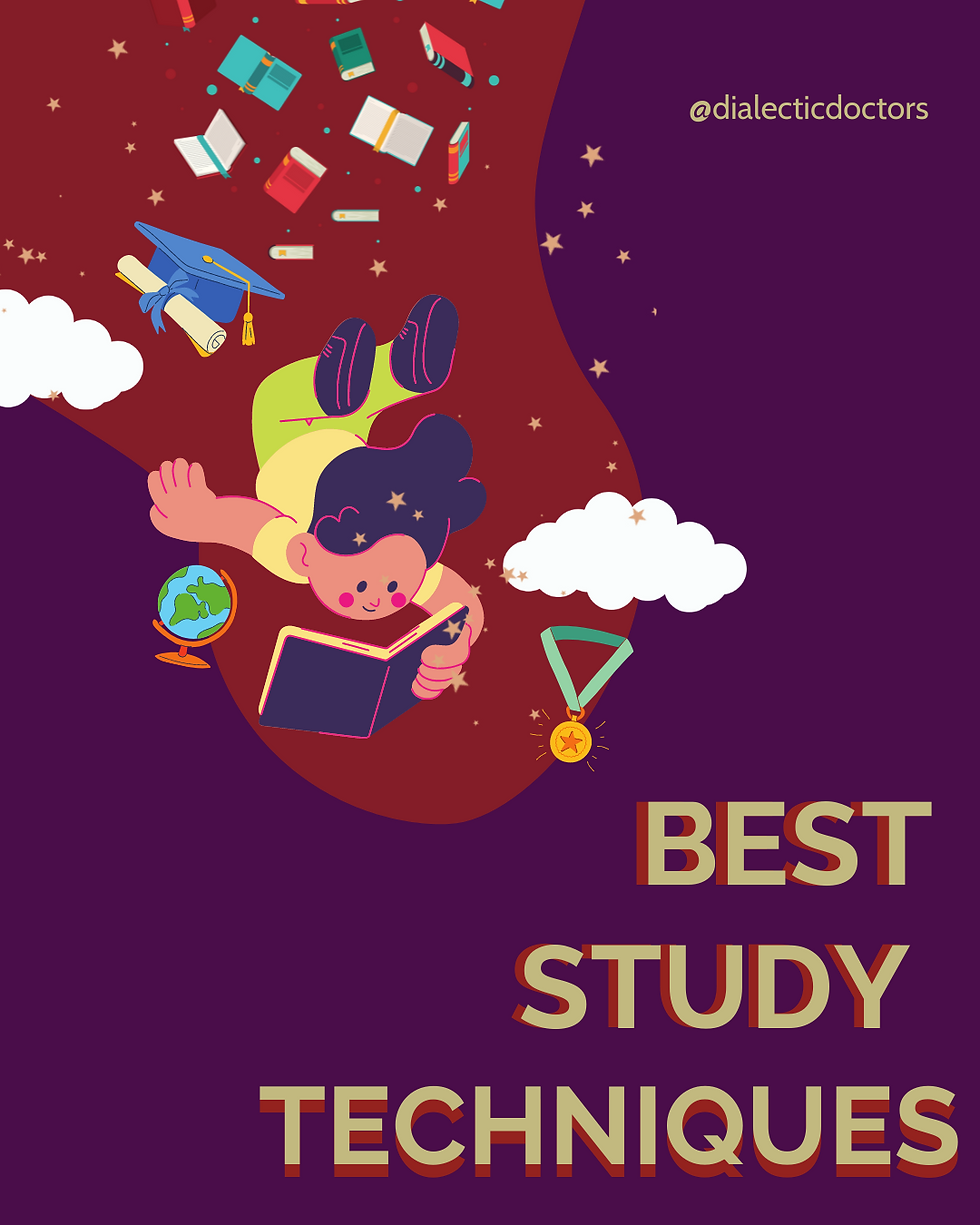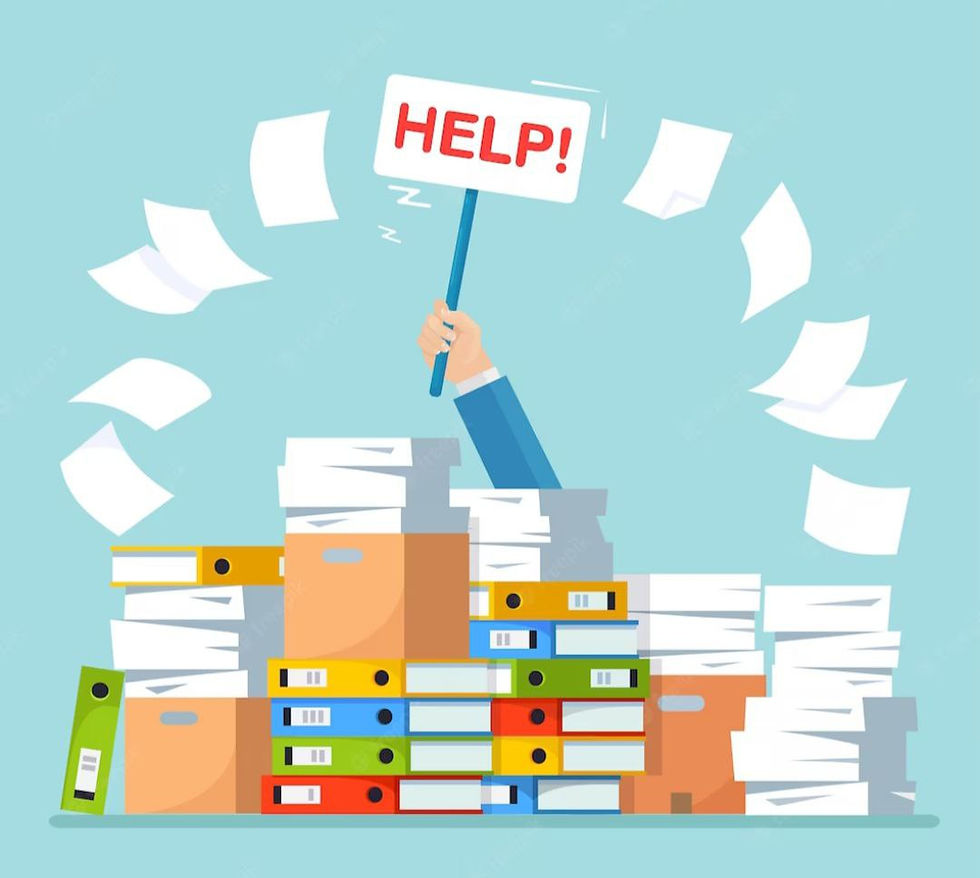

Confession time. The word ‘test’ always made me nervous to the point that I showed symptoms, no matter how minuscule of an exam it was. It was not until my undergrad days that I realized I needed a set study pattern to conquer this exam fear of mine. I then started looking for different learning methods that my friends followed. I discovered a good deal of scientifically proven learning techniques that worked way better than what I did till then, rereading.
Let me give you all a glimpse of what I found (I didn’t even know they had names when I found them, but some of these techniques originated way back in the’70s) …
1. Blurting method

Blurting method is an active recall technique where you swiftly go through a topic of interest and then jot down as much of the concept as you can remember. When you are done writing, reopen the textbook and check on the areas that need more practice.
2. Second brain-

This is a system where you document key points or a summary of your course material (physically or digitally, whatever suits you) and organize them in an easily accessible manner. This way, you’ll be able to use them whenever needed without taking up much of your time.
3. Spaced repetition- This technique is exceptionally advantageous in putting stuff into your long-term memory, especially the ones that need a lot of cramming. Here, you actively recall the concepts/ information on multiple scheduled days, preferably till your exam date. Committing to this can be challenging, but you’ll relish it once you get the knack of it.
4. Feynman technique-

This is a study strategy where you break down a complex topic and try explaining it to a person who is new to the subject and has no background knowledge in it (you need not actually have a person to explain to, you can pretend you have someone). This method particularly helps in identifying the gaps in one’s understanding and bridging them.
5. Gap learning-

This always works wonders. If you randomly call a timeout for a minute or two during your intense study sessions and let your brain repose, the efficiency of learning snowballs!
6. Leitner System- Though it has a lengthy setup process, it is high yielding. You make flashcards and store them in different boxes (or folders if you are creating digital flashcards) categorized according to the frequency with which they need to be reviewed. Every time you revise the cards, you recategorize the ones you get correct into the less-frequently-revised-box and the ones you get incorrect into the more-frequently-revised-box.
Coming back to the question, is there a best study technique? I would say try and find out what brings out your full potential and work with it. “What works for you, works just for you.” Personally, a combination of Feynman and spaced repetition suits me best. I hope this article helps you find out what fits you, no matter your stream. Good luck unleashing your powers!
Comments